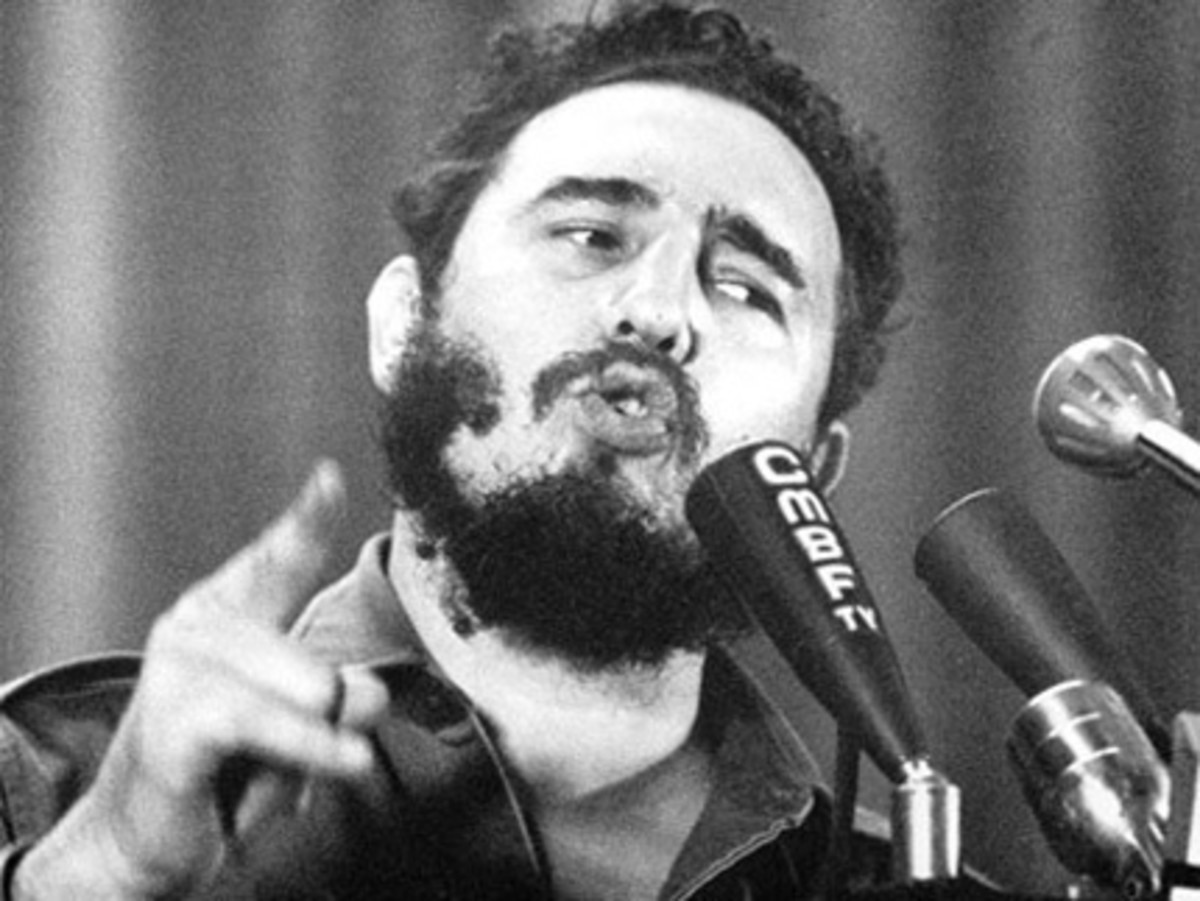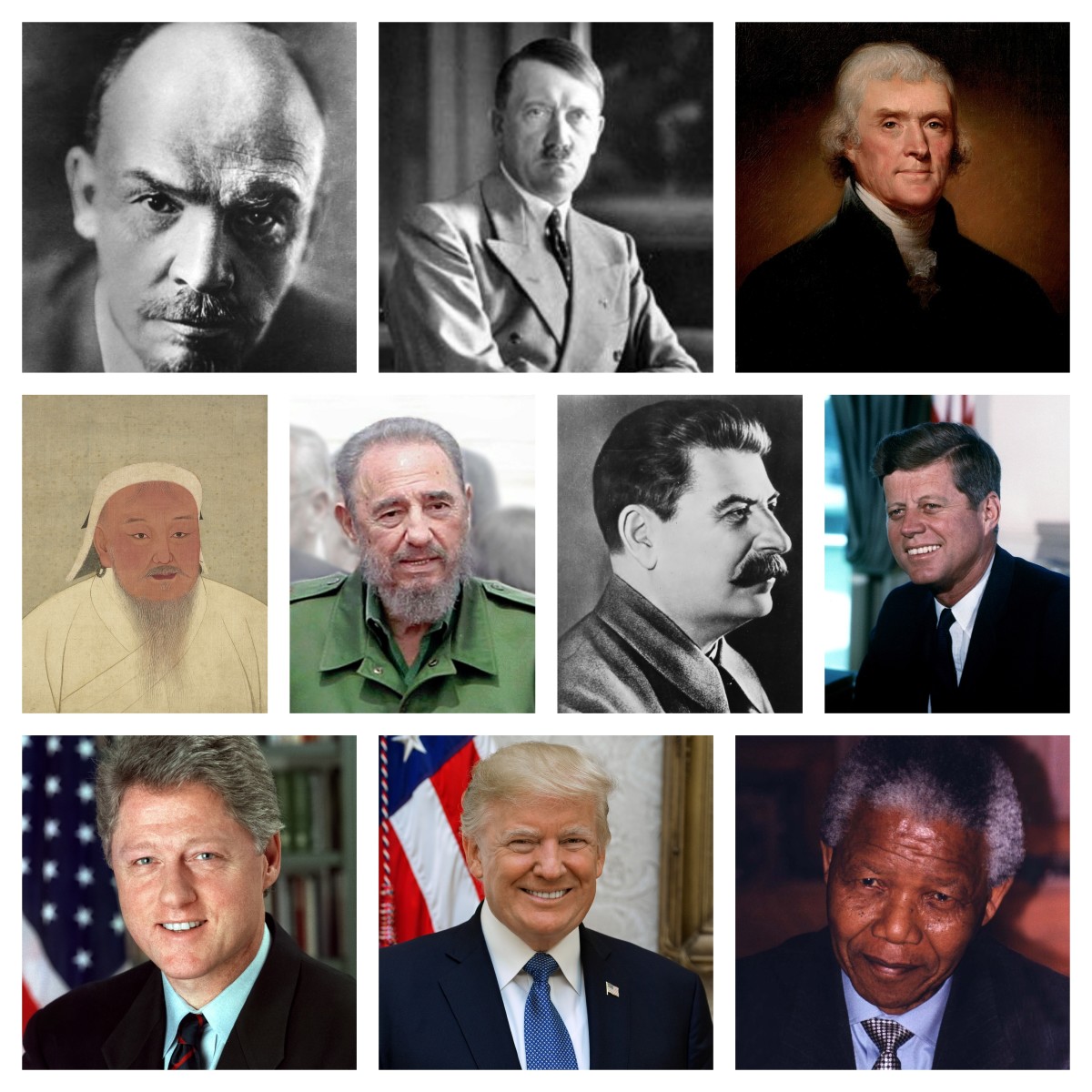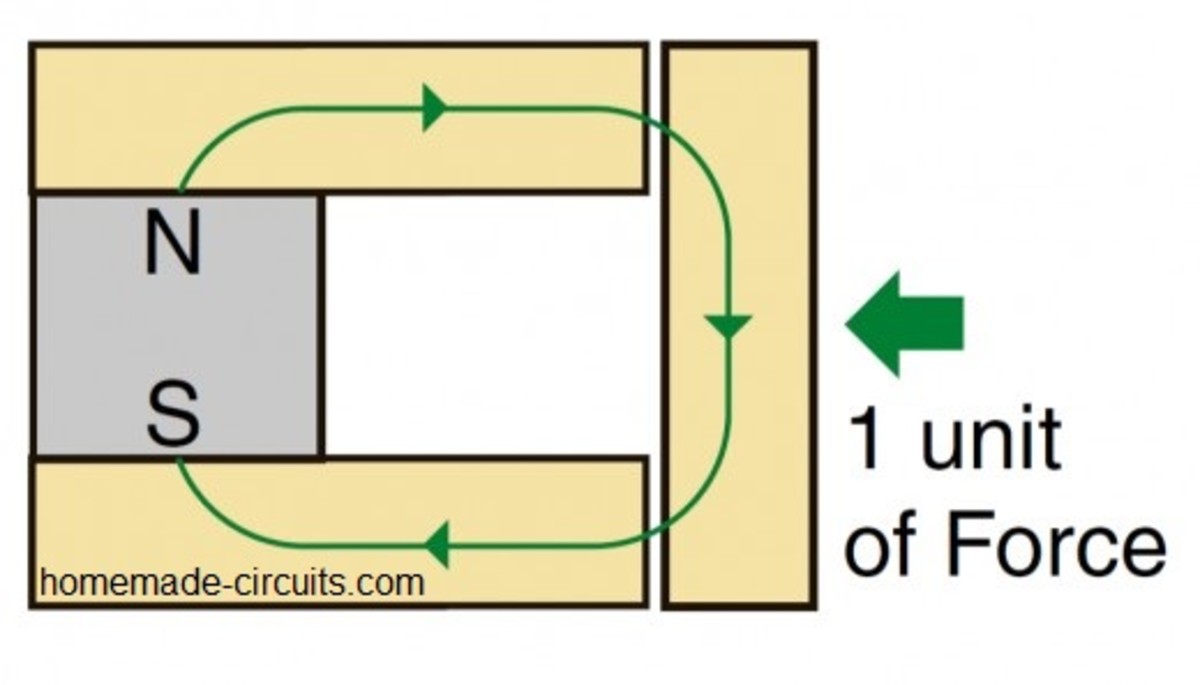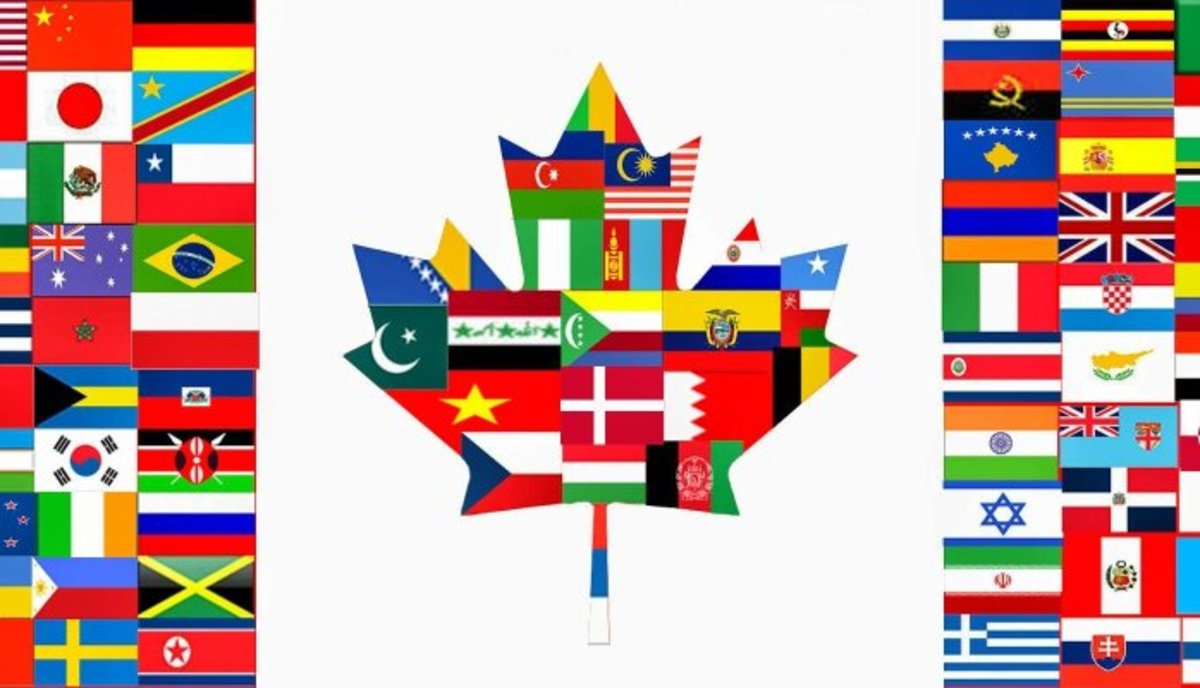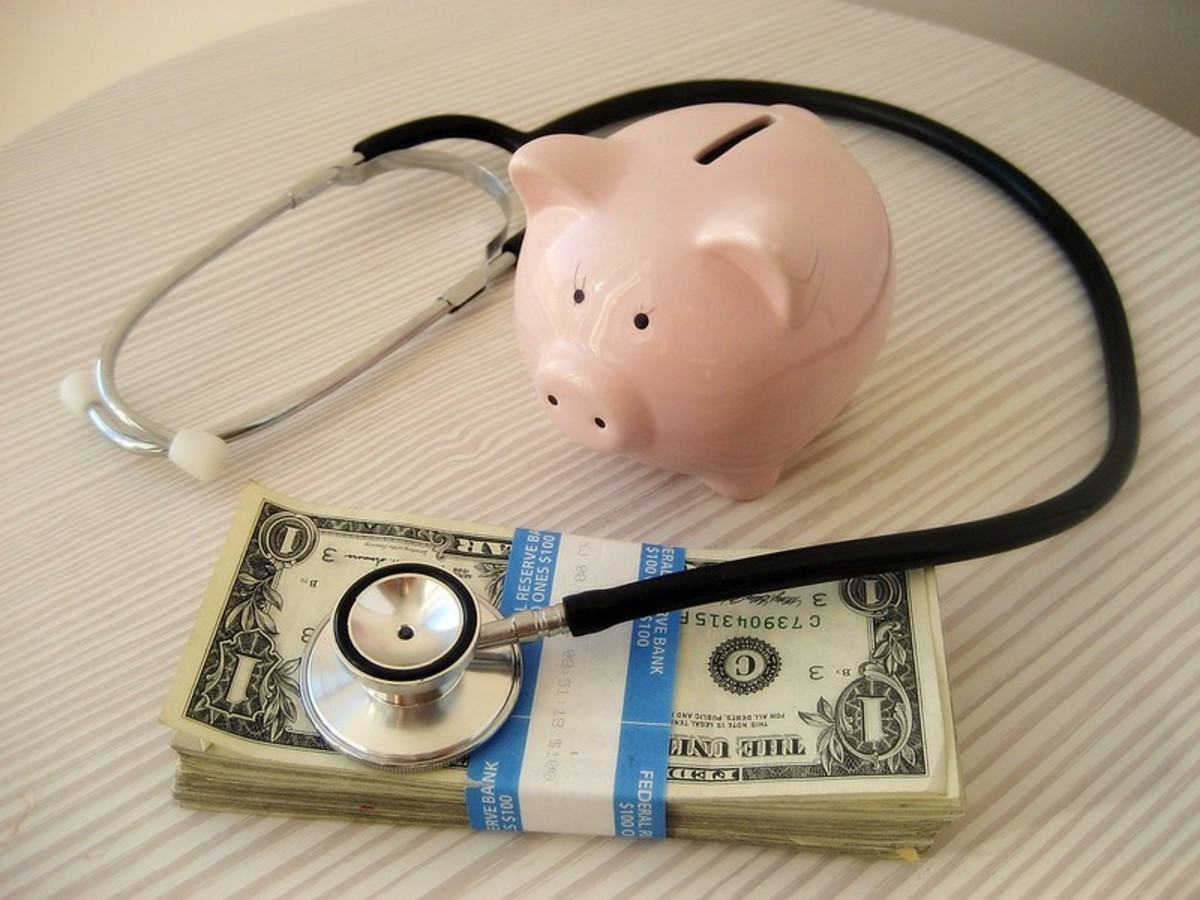Cuba, Fidel Castro and the Concept of the Permanent Revolution
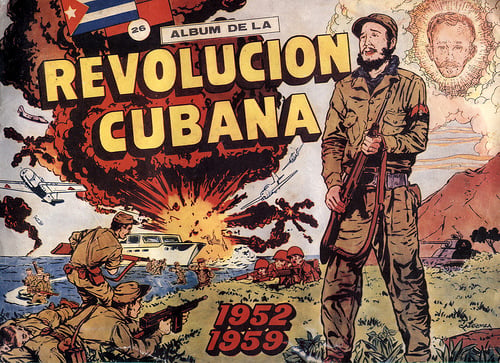
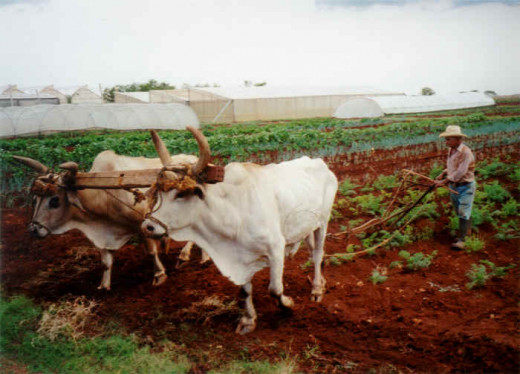
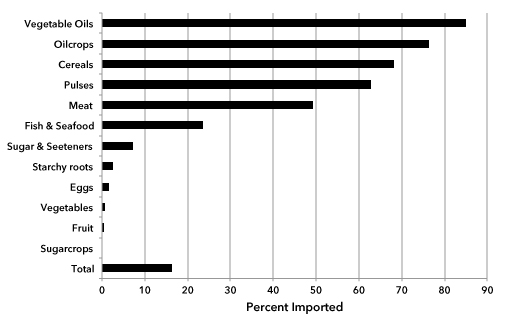
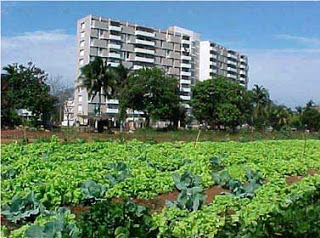
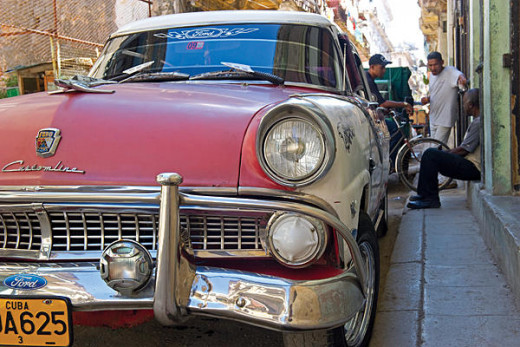
How Cuba Wound Up Going Green due to the US Blockade
We recently attended the 2012 Che Guevara Conference on the Cuban Revolution and the debate on international socialism versus socialism in one country, While most of the left were chasing around following the USSR, China, Korea and other revolutions and their aftermath, only a relative few heeded what was going on in Cuba. Yet of all the places that had a revolution, Cuba stands out for having a huge impact on the US, the USSR and regions like Angola and S. America where Che Guevara attempted to exercise the Cuban mandate to export revolution under the aegis of the permanent revolution. The attitude was on of international socialism as opposed to the socialism in one country as promulgated by Stalin in collaboration with imperialist capitalists. Due to this internationalism, Cuba has had to endure half a century of sanctions and blockade by the US and has remained standing, though caught in something of a 50s time warp. In the offing of the blockade, the Cuban people have as a result become the greenest, most environmentally friendly country on the planet and has won accolades from Sweden that is also green. Sweden is the only country that recycles 97% of all its refuse and actually imports garbage to recycle. Cuba, due to blockades, recycles everything and is as close to being as totally organic as a society can get. As Cuba is still interested in exporting revolution, we could learn a lot about going green as a green revolution in the Cuban socialist experience. This then would be a permanent revolution as inspired by this ground breaking Cuban inspiration. We would not have to go through all the steps to achieve the same success.
Yet Cuba was not born in the traditional sense of a revolutionary development. Cuba was at one time a haven of criminals such as the Mafia working for the US in a Caribbean holiday resort of gambling, prostitution, alcohol consumption that exploded under US prohibition and drug running. The Batista government just before the revolt was working in collaboration with the US and the Italian Mafia. Many of the Cuban people were fed up, may working as virtual slaves if not unemployed or working as cheap prostitutes or drug running. Illiteracy, starvation and disease were rampant. An encapsulated history of the events follows as described by Raul Castro and others in the fray.
“On 26 July 1953, 160 young militants attacked the Moncada barracks in Santiago. Half of them died, most after torture. Many went to prison. Fidel Castro's brother Raul explained the event: 'It was not a putsch designed to score an easy victory without the masses. It was a surprise action to disarm the enemy and arm the people, with the aim of beginning armed revolutionary action% it marked the start of an action to transform Cuba's political, economic and social system and put an end to the foreign oppression, poverty, unemployment, ill health and ignorance that weighed upon our country and our people.” (1)
After the surprise attack that got many of the 160 killed, the rest were jailed. In 1955, Castro was released due to popular revolt. He had to leave the country temporarily. This response on the part of the Cuban people inspired Fidel Castro.
-
“On 25 November 1956, the tiny yacht Granma set sail for Cuba. Castro said, 'We will be free, or we will be martyrs.' 82 waded ashore to do battle with Batista's thousands of US-equipped troops. They were immediately strafed by Batista's planes. Tramping through swamps, sucking sugar cane for moisture and nutrition, they were betrayed by their guide and ambushed.
-
12 partisans regrouped and began guerrilla warfare in the mountains of the Sierra Maestra. On 21 August 1958, Castro ordered Che and Camilo Cienfuegos to lead two columns down from the Sierra Maestra.
-
Batista fled Havana at 2 am on 1 January 1959. A military junta replaced him. Camilo and Che continued to lead their guerrilla columns into Havana. Workers and peasants all over Cuba responded to Castro's call for a general strike. The Revolution triumphed.
-
20,000 people had been killed in the liberation war. As he entered Havana on 8 January, 32-year-old Castro reportedly ordered 50,000 rifles and machine guns to be imported to defend the Revolution.
-
At the time of the Revolution, the largely rural population had an average annual income per person of $91.25 - an eighth of that of Mississippi, the poorest state in the USA. Only 11% of Cuba drank milk, 4% ate meat, 2-3% had running water, and 9.1% had electricity. 36% had intestinal parasites, 14% had tuberculosis, and 43% were illiterate.
-
On 2 January 1959, the government announced that 50-60% of casino profits would be directed to welfare programmes. The first of a series of land reforms was enacted on 17 May. Large estates were expropriated and turned into state farms. The US United Fruit Company was dispossessed without compensation. Land was turned over to small farmers, sugar cane farms were made into cooperatives.
-
The Cuban government offered to discuss compensation for US-owned farms and mineral properties. The US Secretary of State declined the offer.”(1)
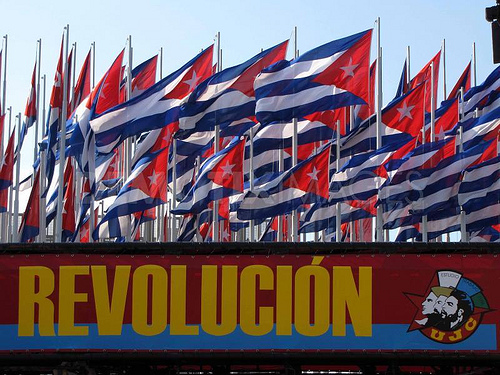
The revolutionaries took Havana on January 8th, 1959, Batista having already fled on the 1st with the Mafia. Education and land reforms began in part as a response on the 2nd by the military junta that took over from Batista, and a lot more were initiated by Castro after the 8th. Initially, the US publicly seemed to support Cuba and Castro due to the reforms, but this relationship was to chill as the Mafia, Batista and all the escapees that were in Miami demanded Cuba back and the ouster of the revolutionaries and the restoration of monies, businesses, mines and agribusinesses. The infamous Bay of Pigs invasion began and failed under the Kennedy regime shortly after the revolution.
When Castro decided to accept support from the USSR in 1961 under Nikita Khrushchev the economic support came with the condition of accepting Soviet nuclear missiles on Cuban territory. The initial buildup was first noticed by U2 spy planes of the US in February of 1962 and was to culminate in October of the same year with the brinkmanship and almost Mutual Assured Destruction (MAD) by global thermonuclear war, averted by a mere 30 seconds when one commander of a Russian sub refused to fire a nuclear torpedo at a US fleet that was depth charging the Russian subs. Thereafter, terms of missile withdrawal from Cuba were made so long as the US withdrew missiles from Turkey, which the US did in secret in order to save face saving in a political coup making the Soviet Union look weak, another Stalinist type deal. Thereafter, the blockade that begun with the missile delivery to Cuba was maintained to the present day with a fleet of warships off Cuban shores. A universal blockade was maintained where it is against the law to ship anything to Cuba. Support continued from the USSR until the collapse of that regime in 1989-1990. During this time, there were no less that 638 attempts to assassinate Castro, all of which failed.
During the period between 1962 and 1989, Cuba became involved in revolts in Africa and Che Guevara attempted to make a revolution in his home country of Argentina. This failed ultimately and Che Guevara met his death. The various African people in countries that were supported by Castro in their revolts are still thankful for Cuba in their struggle for liberation from dictatorship. After 1990, except for spotty support from China, Cuba also relied on nickel exports, but when the price on nickel collapsed, even this income dried up. Cuba was on its own and remains so to this day. Cuba has had to internalize its economy, relying on itself and its own resources. Cuba has had to endure droughts and hurricane devastation on its own, without anything but a tiny amount of international support by supporters. Cuba has learned how to recover more or less totally within a month of devistation. Here then is how Cuba became green.
The green revolution was in response to a total blockade. No technology was allowed in, except some to support the tourist business beginning in the new millennium. What was their from the era of the late 50's and what the Soviets left behind in 1962 is all they had, plus any spotty donations that came from Canadian supporters and other Cuban supporters in various countries. Cuba today boasts one of the best medical systems and education, both of which are free to citizens of Cuba. Cuba has learned to function in the agricultural arena to be self sufficient and totally green as tractors, fuel, fertilizer and pesticides were blocked. So how did they do this. First of all, they broke up all the huge state run and agribusiness holdings and gave the peasants parcels to grow food. As they no longer had a market for sugar and sugarcane, particularly with the loss of the Soviet market post 1990, they could not use so much sugar. That crop was hugely reduced. They turned to food, coffee and tobacco for local use. As imports like machine parts, diesel and gasoline were blocked, tractor farming gave way to small hold animal based farming. Cubans learned to grow organic and bio-diverse using animal cultivation techniques. One of the benefits of the negation of trade was also the blocking of GMO crops and Monsanto chemicals from the US. Thus, to obtain food from Cuba today is a guarantee of getting GMO free organic food.
Cuba encourages those who are interested in agricultural to get involved and provides land holdings that have been analyzed as to what will grow best. As of 2012, over 100,000 new agricultural concerns have been launched to promote growing local and being even more green. This has been done out of necessity due to lack of fuel. As it is, Cuba has achieved life after peak oil and provides a basis of instruction for the rest of us who are now looking down the same post peak oil future. What Cuba can supply by way of the permanent revolution, is real green and organic agriculture run with a minimum of fossil fuels. This is not the end. Cuba is in a position to grow hemp that can be used to make biofuel to replace that which is lost due to blockades. They can also develop techniques to generate electrical power in ways that would not be blocked due the innovation stopping presence of a power consortium. They have already shown that a blockade cannot stop their revolution. In fact, it is the blockade that has encouraged them to break new ground.
References:
1. http://www.rcgfrfi.easynet.co.uk/ratb/cuba/cuba_rev.htm
http://articles.marketwatch.com/2012-02-29/general/31106775_1_cubans-rations-toilet-paper
http://monthlyreview.org/2012/01/01/the-paradox-of-cuban-agriculture
Video:

